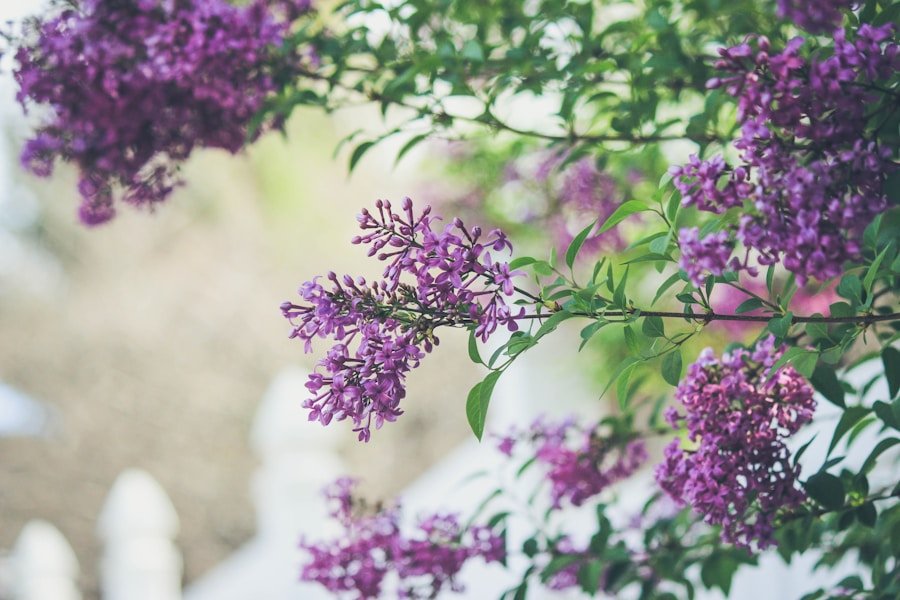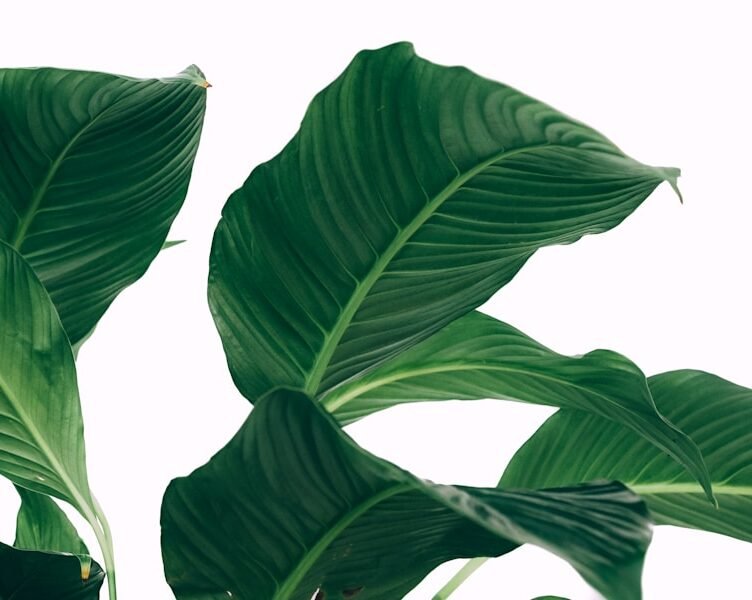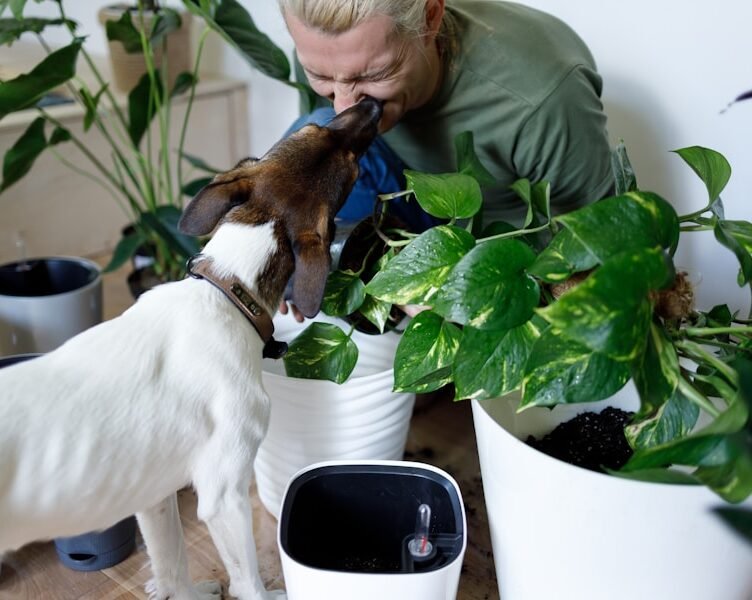When selecting low-light plants for your indoor space, it is crucial to consider the specific conditions of your home. While some plants thrive in dimly lit areas, others require slightly more light to flourish. Popular low-light plants include the snake plant, pothos, peace lily, and ZZ plant, which are known for their ability to thrive in low-light conditions and are relatively easy to care for.
When choosing low-light plants, consider the size of the plant and how it will fit into your home decor. Additionally, consider the level of maintenance required for each plant, as some may require more attention than others. It is also essential to consider the toxicity level of the plant, particularly if you have pets or small children in your home.
Opt for non-toxic and safe plants, such as the snake plant and spider plant, which are known for their air-purifying qualities and are safe to have around pets and children. Ultimately, when selecting low-light plants, consider the specific conditions of your home, the size and maintenance level of the plant, and the safety of the plant for your household.
Key Takeaways
- Choose low-light plants such as pothos, snake plants, and peace lilies for indoor spaces with minimal natural light
- Understand the specific needs of low-light plants, including their tolerance for low light and their preference for higher humidity levels
- Water low-light plants sparingly and use a pebble tray or humidifier to increase humidity levels in the air
- Select well-draining soil and containers with drainage holes to prevent waterlogging and root rot in low-light plants
- Maintain a consistent temperature and provide gentle air circulation to keep low-light plants healthy and thriving
Understanding the specific needs of low-light plants
Watering and Humidity Requirements
While low-light plants require less water than their sun-loving counterparts, they still need sufficient moisture to thrive. Overwatering can be just as detrimental as underwatering, so it’s crucial to find a balance and monitor soil moisture levels regularly. Additionally, low-light plants require adequate humidity to flourish. Indoor environments can be dry, especially during winter months when heating systems are running. To provide the necessary humidity, consider using a humidifier or placing a tray of water and pebbles near your plants to increase moisture in the air.
Soil and Container Considerations
The type of soil and containers you use for your low-light plants is also vital. Choosing a well-draining soil and a container with drainage holes is essential for preventing root rot and other issues that can arise from overwatering.
Meeting the Unique Needs of Low-Light Plants
By understanding and meeting the specific needs of your low-light plants, you can ensure they remain healthy and vibrant in your indoor space. By providing the right amount of water, humidity, and soil conditions, you can create an ideal environment for your low-light plants to thrive.
Providing proper watering and humidity for low-light plants
Proper watering and humidity are essential for keeping low-light plants healthy in an indoor environment. While it’s true that low-light plants require less water than those that require more sunlight, it’s still important to ensure that they receive enough moisture to thrive. Overwatering can lead to root rot and other issues, so it’s important to monitor the moisture levels of the soil and water your low-light plants accordingly.
One way to determine if your low-light plants need water is to stick your finger into the soil up to the first knuckle. If the soil feels dry at this depth, it’s time to water your plants. It’s also important to use a well-draining soil and containers with drainage holes to prevent water from pooling at the bottom and causing root rot.
In addition to proper watering, providing adequate humidity is crucial for the health of low-light plants in an indoor environment. Indoor air can often be dry, especially during the winter months when heating systems are running. To increase humidity around your low-light plants, consider using a humidifier or placing a tray of water and pebbles near your plants.
This will help to increase moisture in the air and create a more favorable environment for your low-light plants. By providing proper watering and humidity for your low-light plants, you can ensure that they remain healthy and vibrant in your indoor space.
Selecting the right soil and containers for low-light plants
| Factors | Actions |
|---|---|
| Light | Place plants near a window with indirect sunlight or use artificial grow lights. |
| Watering | Water plants sparingly, allowing the soil to dry out between waterings. |
| Humidity | Mist the plants regularly or use a humidifier to maintain adequate humidity levels. |
| Fertilization | Use a balanced liquid fertilizer at half strength every 4-6 weeks during the growing season. |
| Soil | Use well-draining soil to prevent waterlogging and root rot. |
Choosing the right soil and containers for your low-light plants is essential for their overall health and well-being. Low-light plants require a well-draining soil that allows excess water to escape easily, preventing issues such as root rot. When selecting soil for your low-light plants, look for a high-quality potting mix that is specifically formulated for indoor plants.
This type of soil will provide the proper balance of moisture retention and drainage, creating an ideal environment for your low-light plants to thrive. In addition to selecting the right soil, choosing the proper containers for your low-light plants is equally important. Containers with drainage holes are essential for preventing water from pooling at the bottom and causing root rot.
When selecting containers for your low-light plants, consider the size of the plant and its root system, as well as how it will fit into your home decor. Additionally, consider the material of the container – terracotta pots are porous and allow for better airflow to the roots, while plastic pots retain moisture better. By selecting the right soil and containers for your low-light plants, you can create an optimal growing environment that will help them thrive in your indoor space.
Maintaining proper temperature and air circulation for low-light plants
Maintaining proper temperature and air circulation is crucial for keeping low-light plants healthy in an indoor environment. Low-light plants typically prefer temperatures between 60-75 degrees Fahrenheit, making them well-suited for most indoor spaces. However, it’s important to avoid exposing them to extreme temperature fluctuations or drafts, as this can stress the plants and lead to issues such as leaf drop or stunted growth.
To maintain a consistent temperature for your low-light plants, consider placing them away from drafty windows or doors and avoiding direct exposure to heating or cooling vents. In addition to proper temperature, adequate air circulation is essential for the health of low-light plants in an indoor environment. Good air circulation helps prevent issues such as mold or mildew growth on the leaves and promotes overall plant health.
To improve air circulation around your low-light plants, consider using a small fan on a low setting or opening windows periodically to allow fresh air to circulate throughout your home. By maintaining proper temperature and air circulation for your low-light plants, you can create a favorable environment that will help them thrive in your indoor space.
Fertilizing and feeding low-light plants
Choosing the Right Fertilizer
When selecting a fertilizer for your low-light plants, look for a balanced formula specifically designed for indoor plants. This type of fertilizer will provide essential nutrients such as nitrogen, phosphorus, and potassium, as well as micronutrients necessary for overall plant health.
Feeding Your Low-Light Plants
When it comes to feeding your low-light plants, it’s crucial to follow the instructions on the fertilizer label carefully to avoid overfeeding or causing nutrient imbalances. In general, it’s best to feed your low-light plants during their active growing season in spring and summer, while reducing or eliminating feeding during their dormant period in fall and winter.
Additional Tips for Fertilizing Low-Light Plants
Additionally, be sure to water your plants before applying fertilizer to prevent root burn or other issues. By fertilizing and feeding your low-light plants appropriately, you can promote healthy growth and vibrant foliage in your indoor space.
Troubleshooting common issues with low-light indoor plants
Despite our best efforts, issues can still arise with low-light indoor plants that require troubleshooting to resolve. One common issue that may arise with low-light plants is yellowing or browning leaves, which can be caused by overwatering, underwatering, or nutrient deficiencies. To address this issue, carefully assess the moisture levels of the soil and adjust your watering schedule accordingly.
Additionally, consider feeding your plants with a balanced fertilizer to provide essential nutrients that may be lacking. Another common issue with low-light indoor plants is pest infestations, such as spider mites or mealybugs. To address pest infestations, carefully inspect your plants for signs of pests and treat them with an appropriate insecticidal soap or neem oil spray.
It’s also important to isolate infested plants from other houseplants to prevent the spread of pests throughout your home. By troubleshooting common issues with low-light indoor plants promptly and effectively, you can ensure that they remain healthy and vibrant in your indoor space. In conclusion, keeping low-light indoor plants healthy requires careful consideration of their specific needs and providing them with proper care.
By choosing the right low-light plants for your indoor space, understanding their specific needs, providing proper watering and humidity, selecting the right soil and containers, maintaining proper temperature and air circulation, fertilizing and feeding appropriately, and troubleshooting common issues promptly, you can ensure that your low-light indoor plants remain healthy and vibrant in your home. With a little attention and care, you can enjoy the beauty of lush greenery even in dimly lit areas of your home.
FAQs
What are low-light indoor plants?
Low-light indoor plants are plants that can thrive in environments with minimal natural light. These plants are well-suited for indoor spaces with limited sunlight, such as offices or rooms with small windows.
How can I keep my low-light indoor plants healthy?
To keep your low-light indoor plants healthy, you can: – Choose the right plants for low-light conditions – Provide proper watering and drainage – Use the right soil and containers – Monitor humidity levels – Rotate the plants for even growth – Clean the leaves regularly – Avoid over-fertilizing
What are some common low-light indoor plants?
Some common low-light indoor plants include: – Snake plant (Sansevieria) – Peace lily (Spathiphyllum) – ZZ plant (Zamioculcas zamiifolia) – Pothos (Epipremnum aureum) – Cast iron plant (Aspidistra elatior) – Spider plant (Chlorophytum comosum)
How often should I water my low-light indoor plants?
The frequency of watering your low-light indoor plants will depend on factors such as the specific plant species, the size of the pot, and the humidity levels in your home. It’s important to allow the soil to dry out slightly between waterings to prevent overwatering, which can lead to root rot.
Can low-light indoor plants survive without natural light?
Yes, low-light indoor plants can survive and even thrive in environments with minimal natural light. These plants have adapted to low-light conditions and can still carry out photosynthesis and grow, albeit at a slower rate compared to plants in brighter environments.






